Managing Student Behavior (MSB)
Managing Student Behavior causes teachers to detail what student behaviors presently cause them pain and keep them from teaching the curriculum they have agreed to teach their students. In response to those “Pain Points” MSB Program Teachers prepare a Behavior Teaching Plan.
That Behavior Teaching Plan is the result of the following.
Teachers list their discrete Expected Behaviors for four phases of classroom functioning.
Enter to learn
Get ready to learn
Learn (via)
Teacher-led instruction
Group learning activities
Independent learning activities
Dismissal
Once these Expected Behaviors are specified, teachers are provided with learning and guided practice activities that enable them to teach these behaviors. They address how each teacher will inform students of the Expected Behaviors via various modeling methods. Then they learn to employ reinforcement of properly demonstrated expected behaviors of students and how to employ remediation, that is re-teaching and practice, for students who do not demonstrate the Expected Behaviors. Finally, teachers address their set-up needs and plan how they will implement the Behavior Teaching Plan in their classroom.
In approximately one month subsequent to the teacher’s Behavior Plan Implementation their students in a classroom are observed for a class period or segment of a class day. The observer uses a Metis MSB Observation Record to count the number of students who demonstrate the discrete Expected Behaviors detailed by the teacher in each of the four phases of classroom functioning.
For each phase and sub-phase, a percentage of students demonstrating the Expected Behaviors is computed. This enables teachers to determine if students need re-teaching and practice to assure that they are demonstrating the Expected Behaviors. This also provides the principal a view of where administrative support is needed.
Metis believes the Principal is the instructional leader of the school and prepares this leader to provide positive, constructive feedback to the struggling teacher. The Principal designates certain competent and respected teachers who agree to serve as Peer Coaches. They will then learn to employ the Metis coaching and guided practice techniques for re-teaching MSB skills to staff with demonstrated needs.
The Principal and Peer Coaches provide the school with a means of assuring that classrooms are safe, happy, and productive places in which to learn and a means of sustaining the student behavior part of the school-wide Culture of Achievement. When this is in place, the Cultural Achievement program Goal-Focused Communication can be effectively implemented.
Benefits of MSB program
Benefits accrue to three school groups from the implementation of MSB.
1. School District
Increase in overall student performance
Reduction of administrator time spent on non-productive and deleterious student behaviors
2. Teachers
Safe and civil environment where teachers can teach, and students can learn curriculum content
Environment in which Social Emotional Learning (SEL) activities are supported
3. Students
Supportive environment in which to learn
Safe and secure place to develop resilience to traumas often exhibited as a result of Adverse Childhood Experiences (ACEs)
Place to learn (be taught and practice) being self-regulated
More information:


